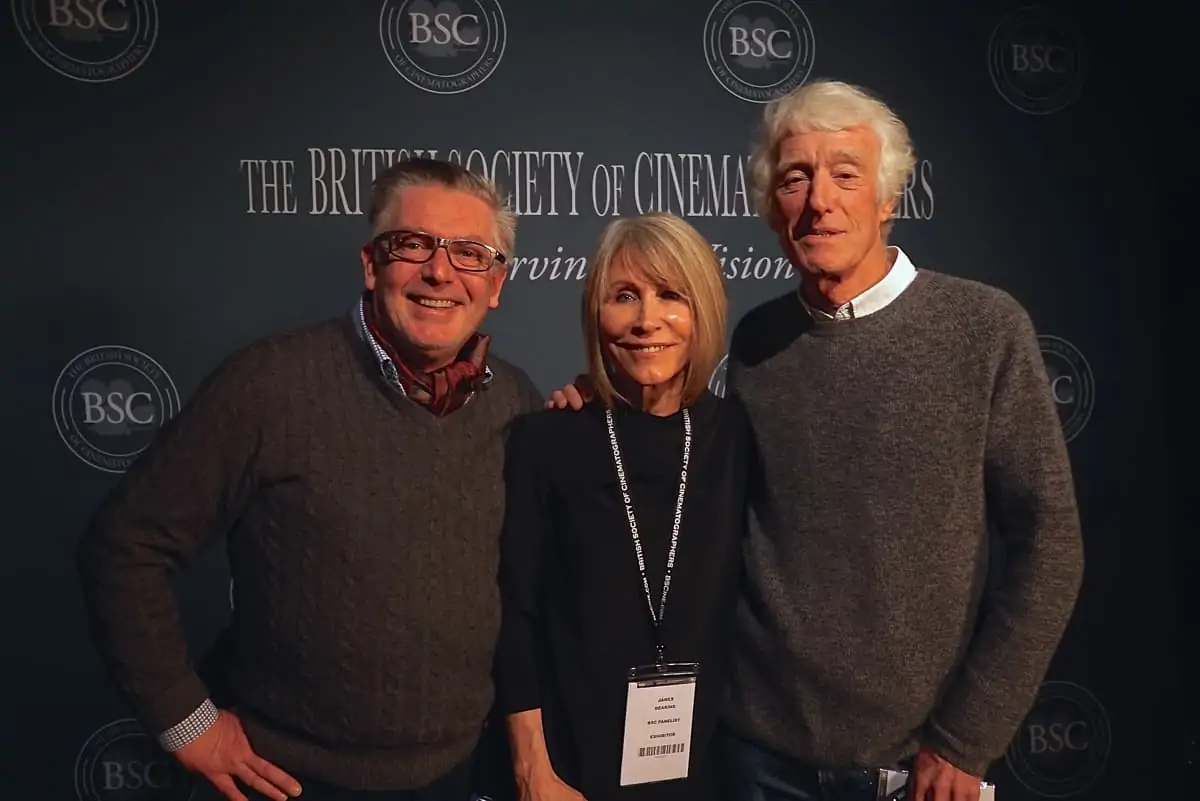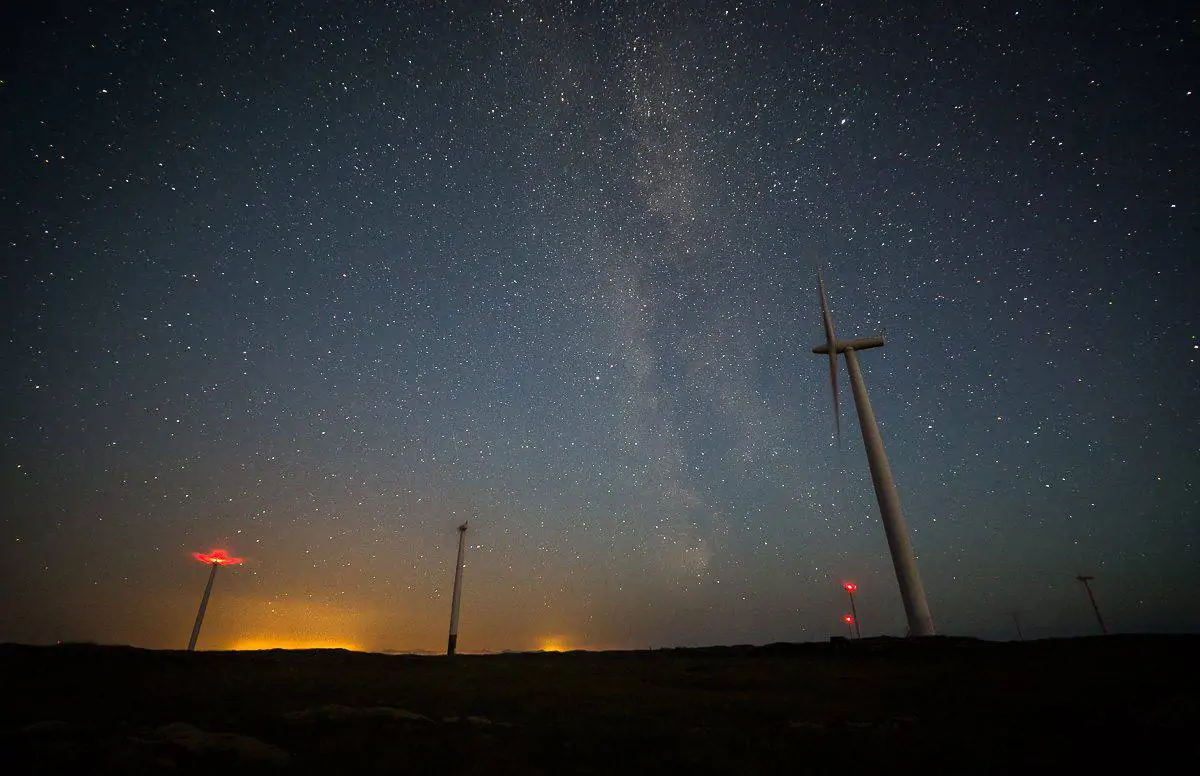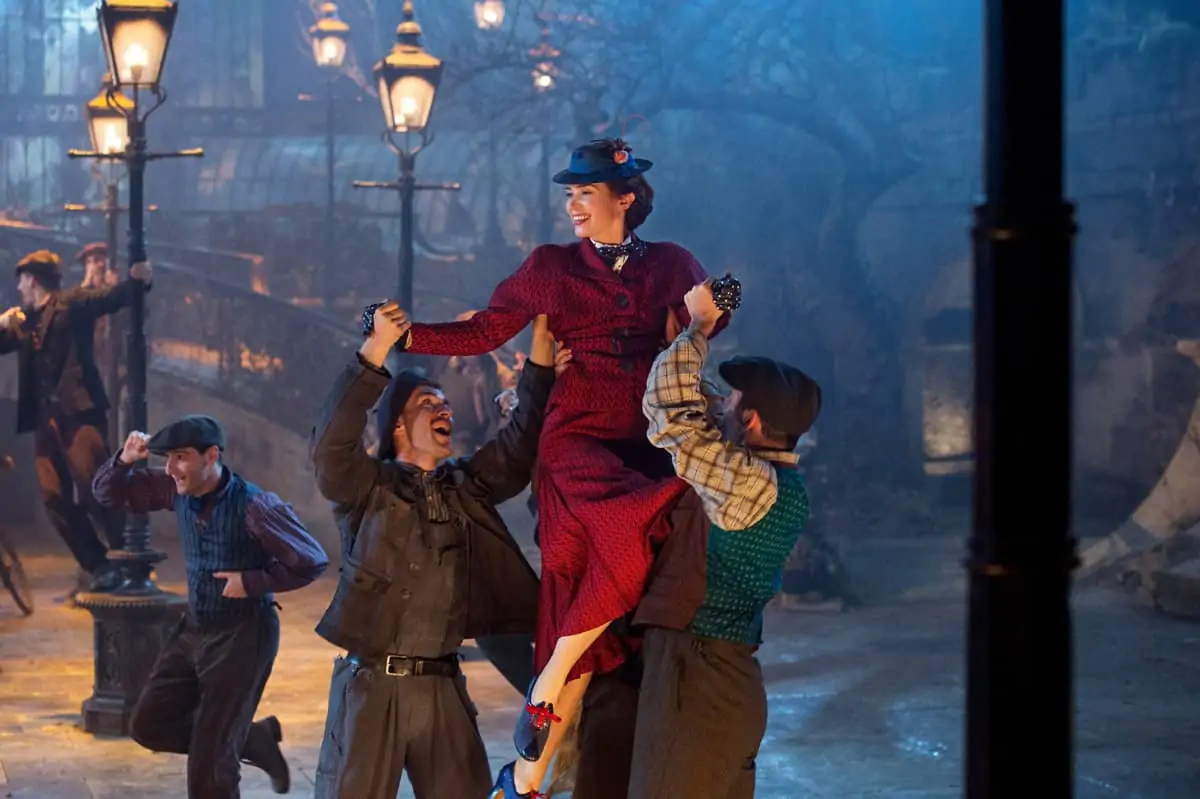Light Is A Universal Language
Across The Pond / Mark London Williams
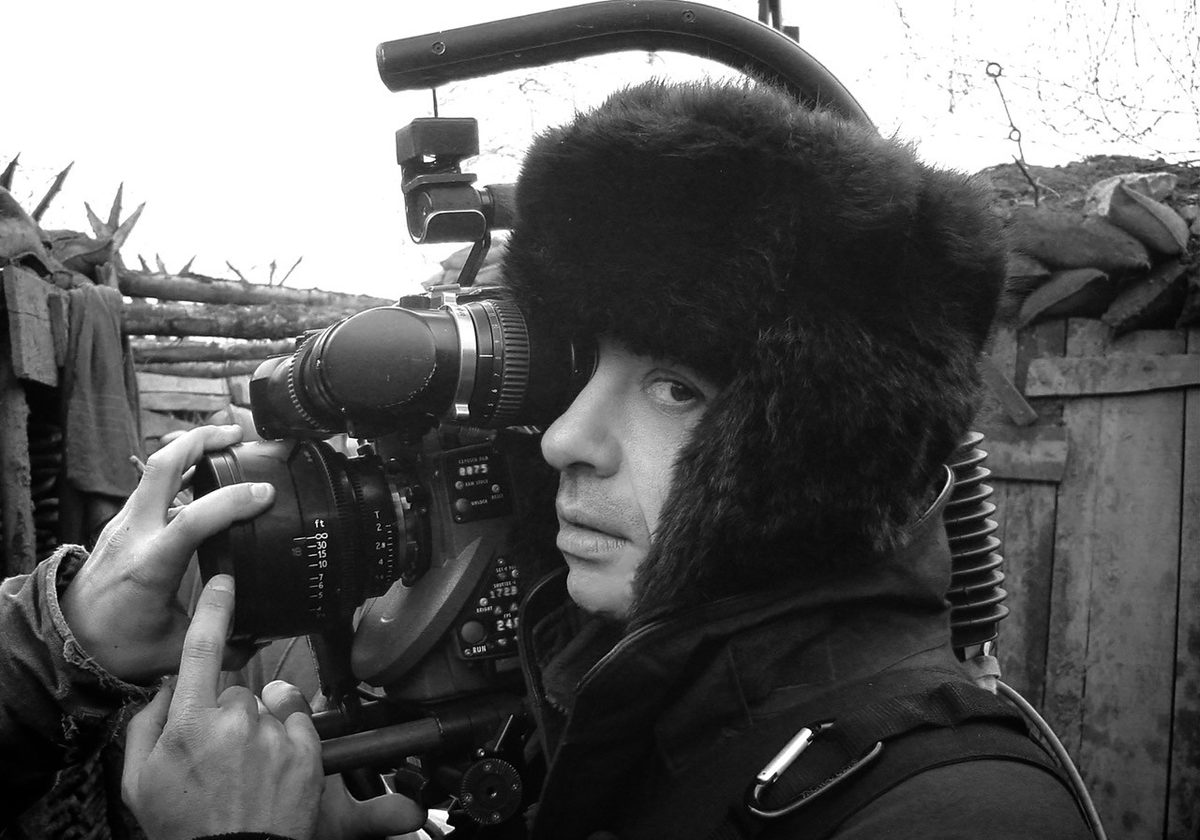
Light Is A Universal Language
Across The Pond / Mark London Williams
We are entering the "'tis the season" season, which means in addition to handicapping whose hands the award statues will wind up in, we'll also look at both current work hitting the theaters, and films from earlier in the year still in the proverbial conversation.
The end of the year is also replete with open houses from vendors and manufacturers. We'll have a little that this month, too - with more to come in the next edition.
Our first open house was a quick, pre-Thanksgiving visit to the still-newish Zeiss showroom in the heart of the San Fernando Valley, across the street from the very shopping mall originally made famous by Frank and Moon Zappa. But the holidays, as such, weren't the "prime" reason for the event - rather, Zeiss was showing off its new Supreme Prime Radiance lenses - an extension of its own line of Prime glass.
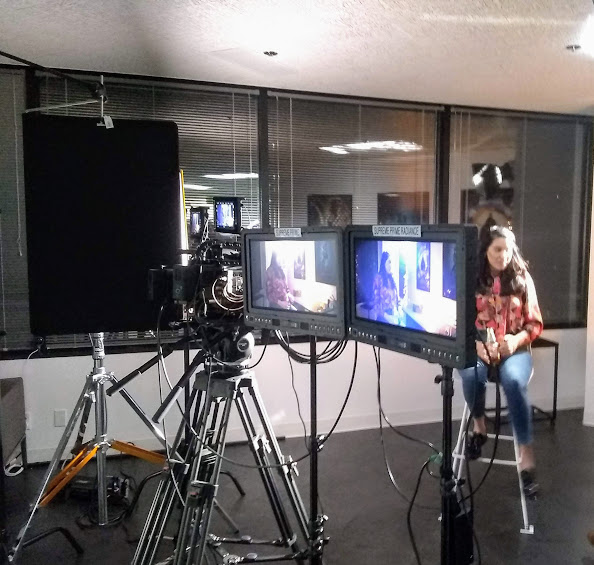
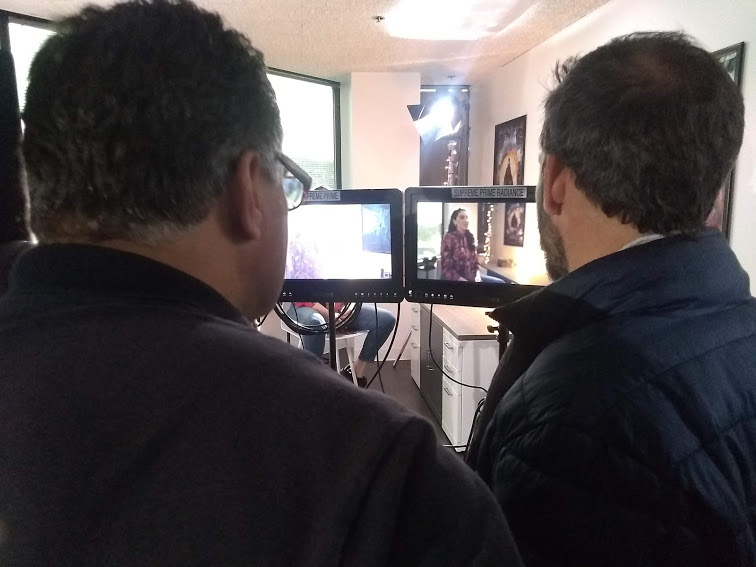
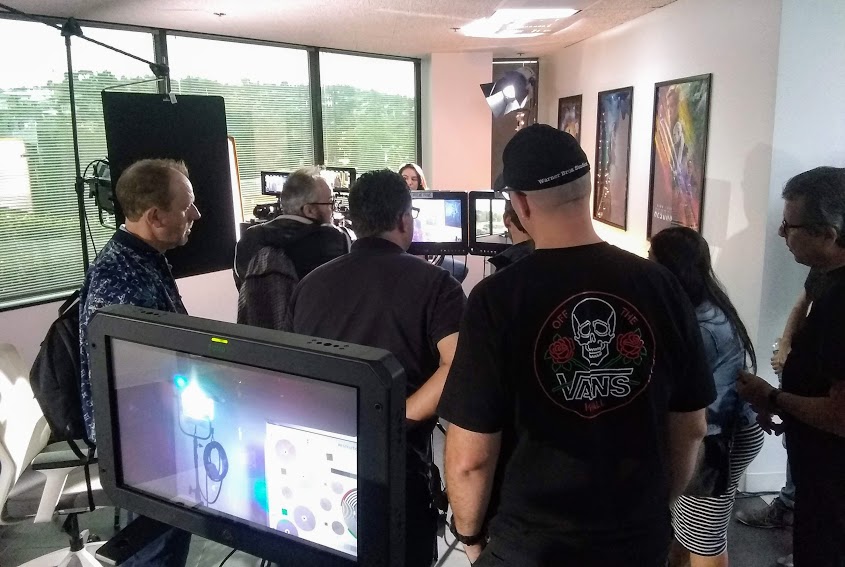
The new lenses promise more flare control, and with a maximum aperture setting of T1.5, ways to capture nuance and contrasts even in low light - something impressively shown in their "testing area," as an ASC member or two hovered around. That was across the office suite from the small theater running test films by various directors and cinematographers to show the new glass in action.
Among them was a short written, directed and shot by Rodrigo Prieto - who talked of using the Zeiss lenses to capture a more subtle play of light in his prison-set short -and who is also the DP on Scorsese's award-touted The Irishman, and prepping to direct a feature of his own. His work on that film is the cover feature of the latest physical issue of the magazine, which also contains an interview with the BSC's Dick Pope, who shot director/star Edward Norton's noir-enhanced adaptation of the novel Motherless Brooklyn.
Mr. Pope emailed us here at the column, too. In addition to what you'll learn from that interview about shooting 1.85:1 on Alexa Mini cameras and "harnessing the camera's small size and profile for ease of movement around some of the tighter sets, along with Panavision's bespoke cage system," which allowed " multiple fixing points enabling the cameras to be set-up for interior car work," he also mentioned how his work on other period films. They're a divergent group, including The Illusionist (where he'd met Norton as an actor) and both Mike Leigh's Peterloo and Vera Drake, along with "another two films I photographed in New York, Thirteen Conversations About One Thing and Angelica" - and all influenced what he brought to Brooklyn.
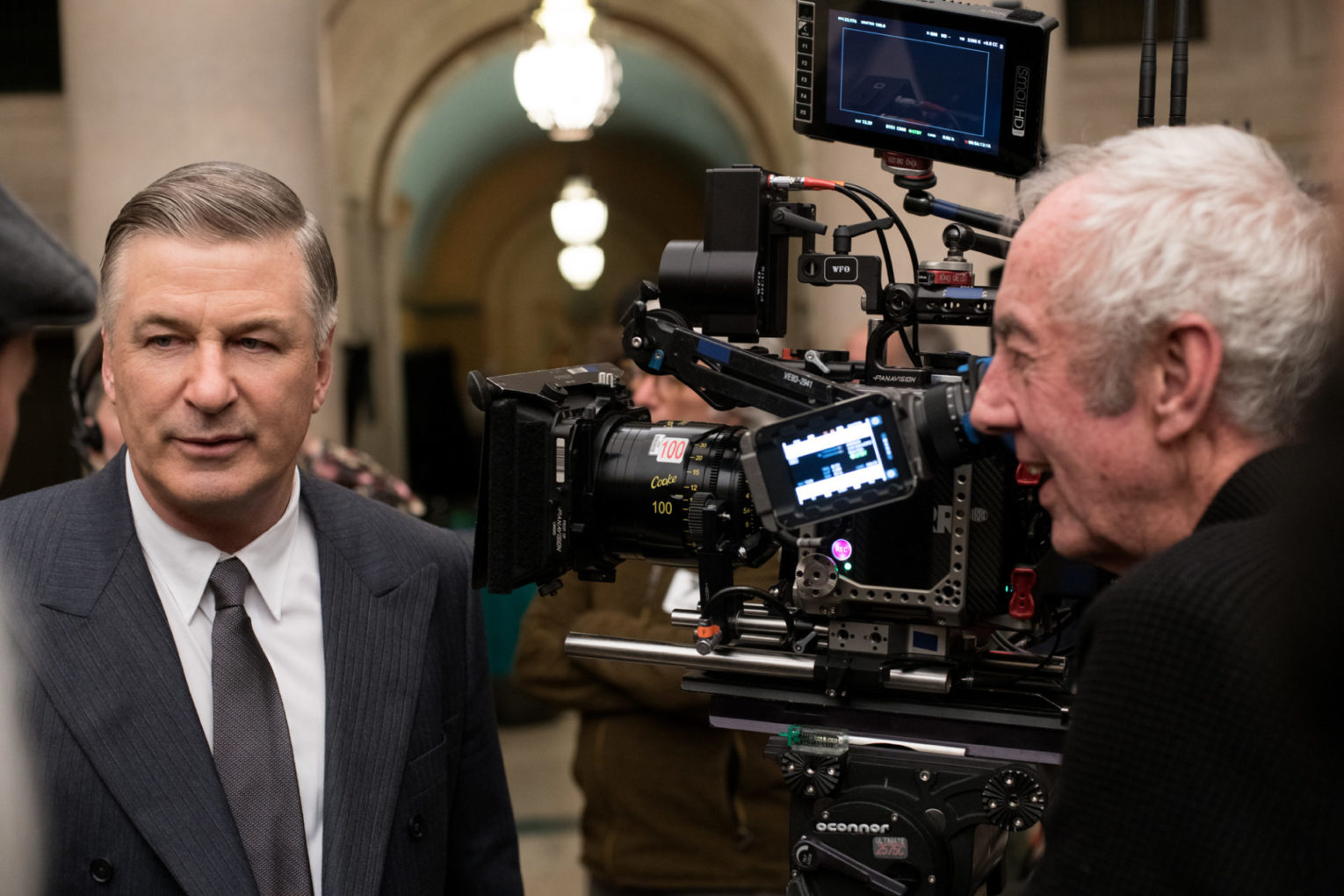
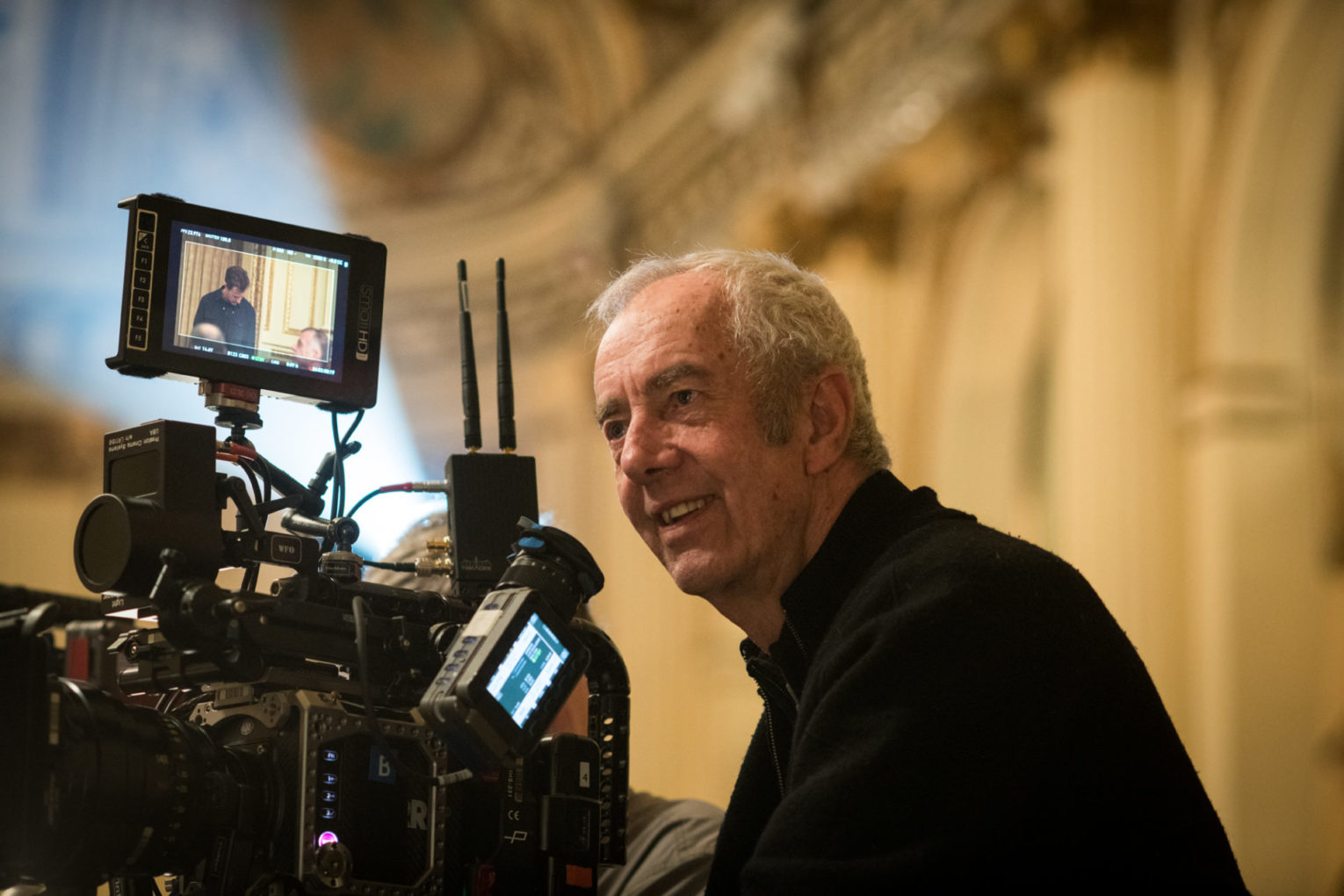
"The gathered experience and knowledge of previous films that one can draw on obviously really matters, but every film presents a new and different challenge and therefore my approach differs accordingly, and Motherless Brooklyn, set in 1950s' New York, demanded a different period feel than any of my other work, and the lighting choices I made reflect that. Of course, lighting was a key element in achieving the noir look and I was in my element because I love sculpting scenes with light to create the relevant mood, and Edward was 100% supportive of what I wanted to do in order to achieve this."
Pope wasn't the only one emailing us from across the pond, either. Besides its annual nominees in the feature film and television categories, the ASC - like many of the guilds and academies - honors various luminaries (a more literal term, perhaps, in cinematography) for their overall bodies of work and contributions to the field. This year's quartet includes Frederick Elmes, receiving the Lifetime Achievement Award; Donald A. Morgan, with the Career Achievement in Television Award; amd Don McCuaig getting the President's Award. Bruno Delbonnel - an AFC member in addition to the ASC - will be given the International Award.
We've been talking to those honorees, and Delbonnel similarly emailed us "across the pond," while visiting his daughter in Paris. We asked him, as the recipient of the International Award, if he had different ways of working on either shore.
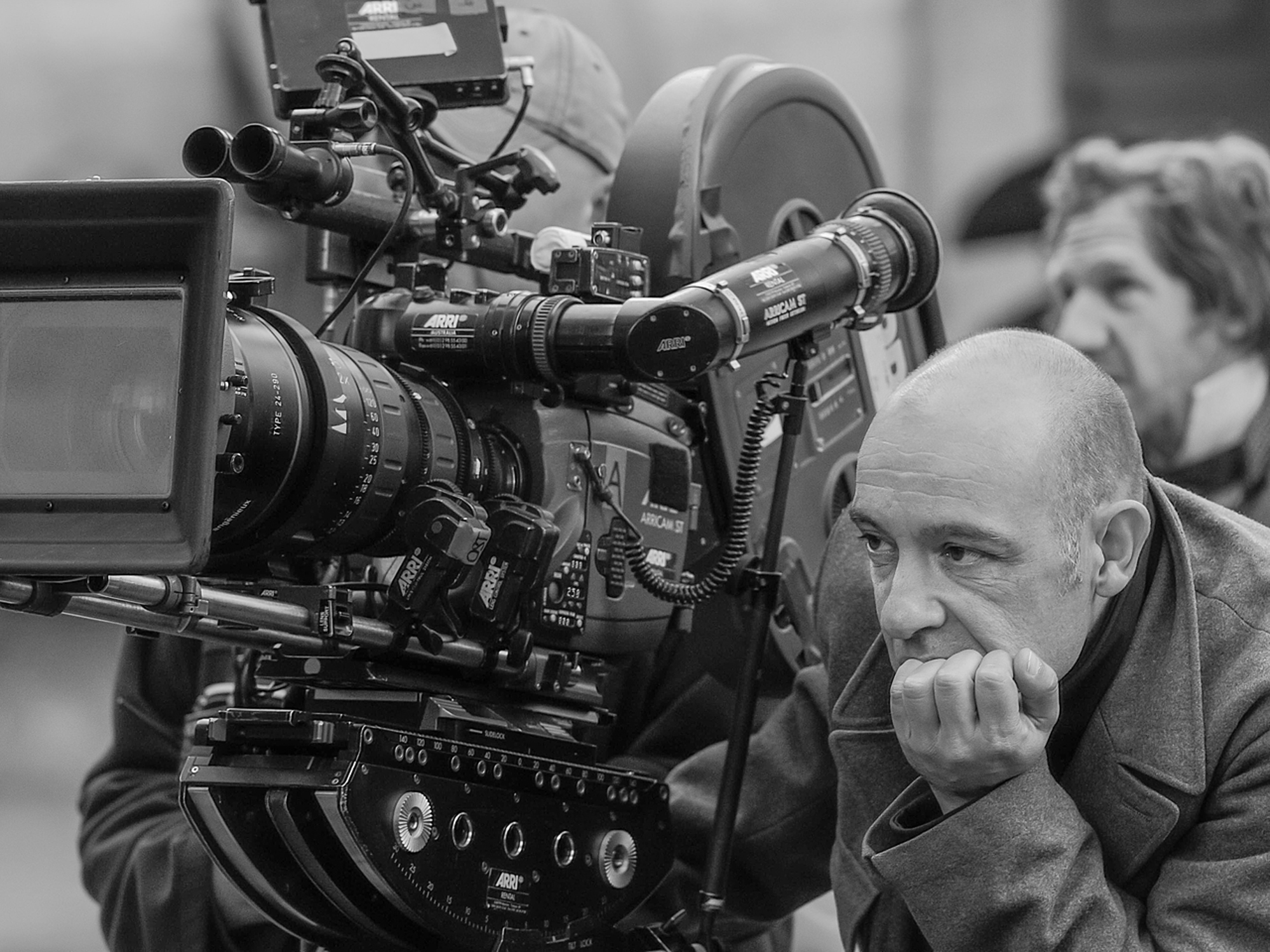
"It's an interesting question," he replied, "especially when you think about Brexit and all these people who want to bring borders back. I'm European and French. In that order. I have a European culture. How can I avoid it when my country has been invaded so many times over centuries? On each movie I shoot, I come with my European culture and my French education. I've been fortunate working with American, English, and Russian directors (but) I never changed my way of working.
"I had to understand the union rules, the difference there is in European crews vs American, English or Russian crews. As long as these differences don't interfere with what I'm trying to do, lightwise, everything's fine. In fact, I don't think these differences ever kept me from doing what I wanted to do. Whether I achieve something good or not is another question. On top of that, every time I had amazing crews: Chuck Finch and Biggles (John Higgins) are amazing gaffers in England; Bill O'Leary, John de Blau, in the U.S.; Mitch Lillian is a fantastic grip in New York … and the ACs - they've taught me so much; I owe them. Ultimately, I'm just a cinematographer, not an academic. Light is a universal language. Isn't it?"
We can be pretty sure - with titles like Amelie, Harry Potter and the Half-Blood Prince, Darkest Hour, The Ballad of Buster Scruggs (and many more) under his belt - that he has achieved "something good." As for light, Delbonnel considers it "universal" not only over oceans, but over decades and centuries, too: "First of all, the 'period look is coming from the production design more than the light itself. The sun was lighting the exact same way during the King James era (as in) the 21st century. I try to find the light for the story, not for the accuracy of the period."
"On each movie I shoot, I come with my European culture and my French education. I've been fortunate working with American, English, and Russian directors (but) I never changed my way of working."
- Bruno Delbonnel AFC ASC on working internationally
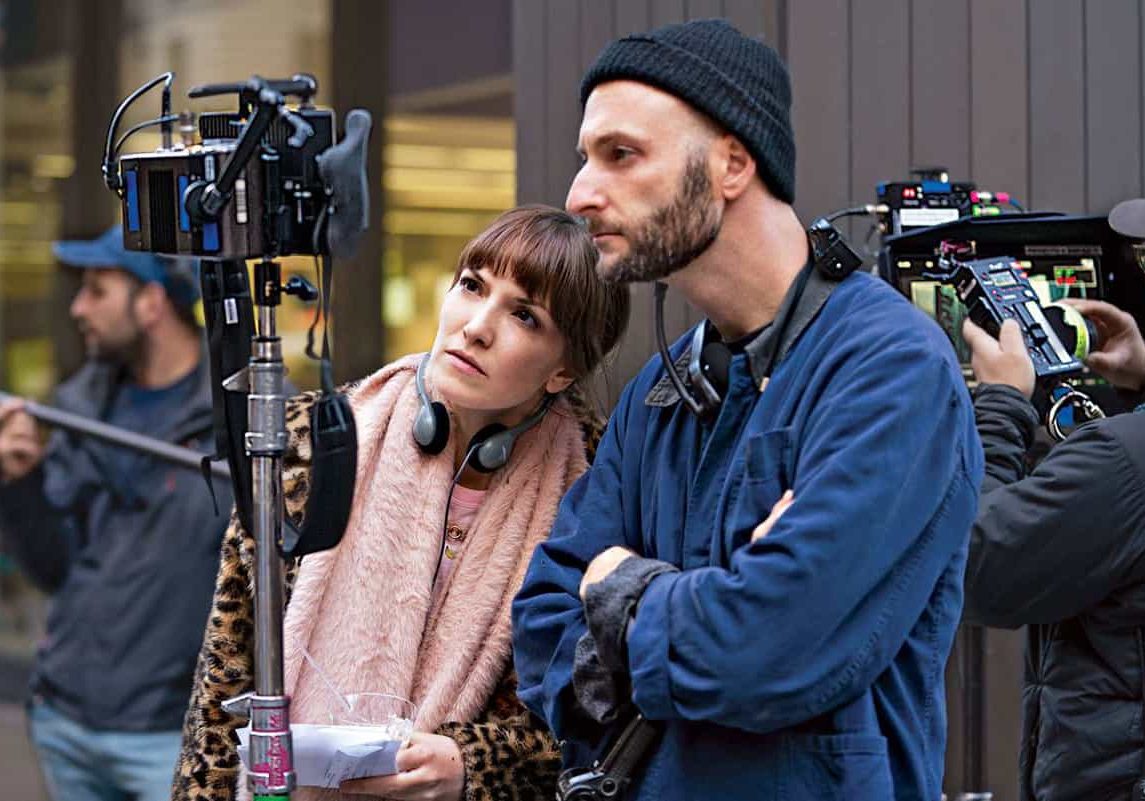
Another cinematographer who's done just that, and has a Spirit Award nomination to show for it, is Todd Banhazl, who shot the Jennifer Lopez-produced Hustlers. We actually caught up with him "on the horn," in more traditional journalistic mode, where he told us he wanted something non-traditional with a "a gangster toplight - women aren't typically shot that way," along with "fast dolly moves - mixing zooms into our dollies."
This was arrived at after a referral from the film's costume designer, Mitchell Travers, to director Lorene Scafaria, with whom Banhazl "really really connected and clicked." Their visual references were "all our favorite crime movies: Goodfellas, Casino, Wolf of Wall Street, Boogie Nights," which shared the characteristic of the camera moving "at the speed of the story. We wanted to give that film language to these women."
Part of that language came from "detuning" the Panaspeed lenses they were using - on a Panavision DXL2 camera - for a "softer look." But that doesn't mean they were using a rose colored glasses approach to the story. Rather, the film was set in the "world of wealthy [in the] mid-2000s- the height of excess. A really gross time. We wanted the film itself to have a look that was much more grounded than that."
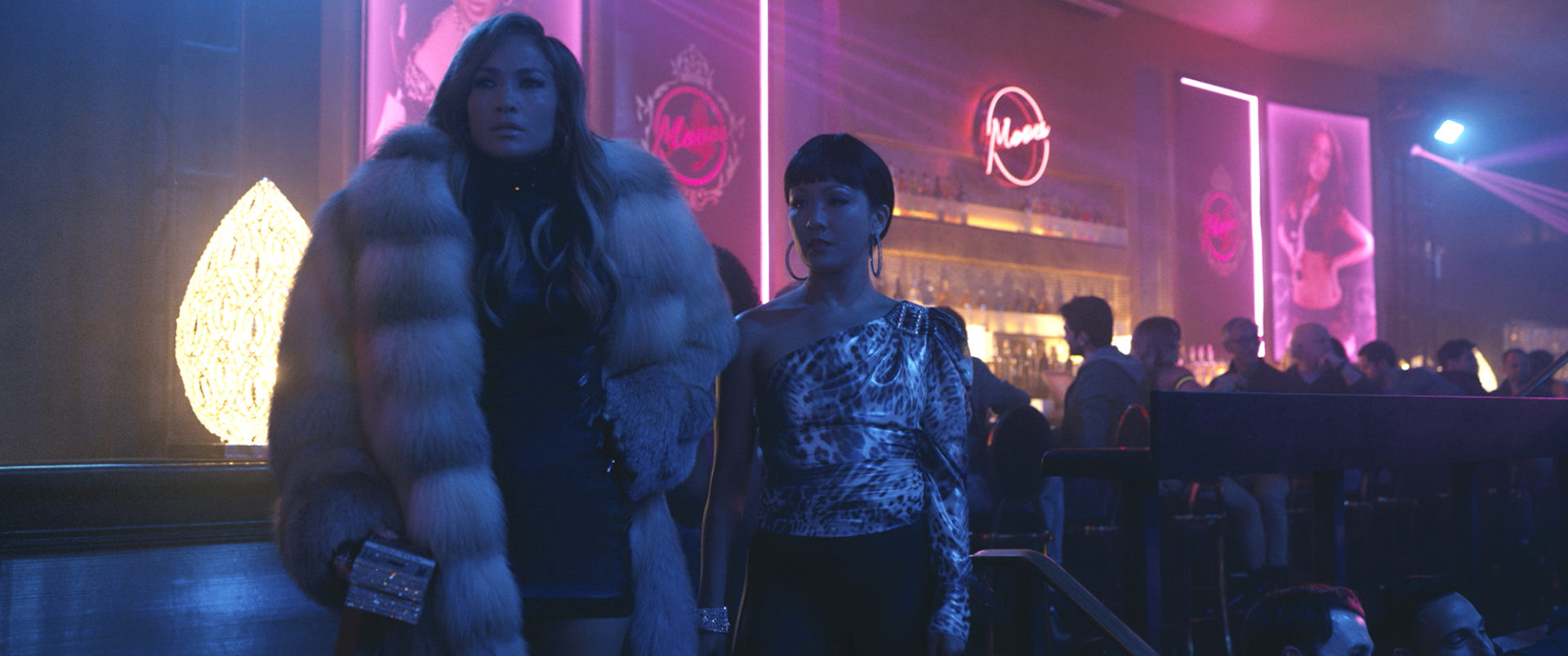
That grounding including using lots of pinks, blues, purples and reds at the strip club where Lopez and Constance Wu - and their cohorts - first meet the Wall Street clients whose various charge cards they would continue to use with that same zeitgeist-y excess. The lighting choices were to "make them look ideal for their male clients," while the men were basically "devoid of color," in whites, cigar browns, etc. But "as the women start to rise in power - their world starts to look like the men's." And by the end, as everything comes crashing down, "they're surrounded by concrete. There's no color or life."
Interestingly, Banhazl's approach of using Digital Sputniks and more specifically, LEDs, to give the club scenes as much of a source-light look as possible, was also used by the year's biggest film, Avengers: Endgame.
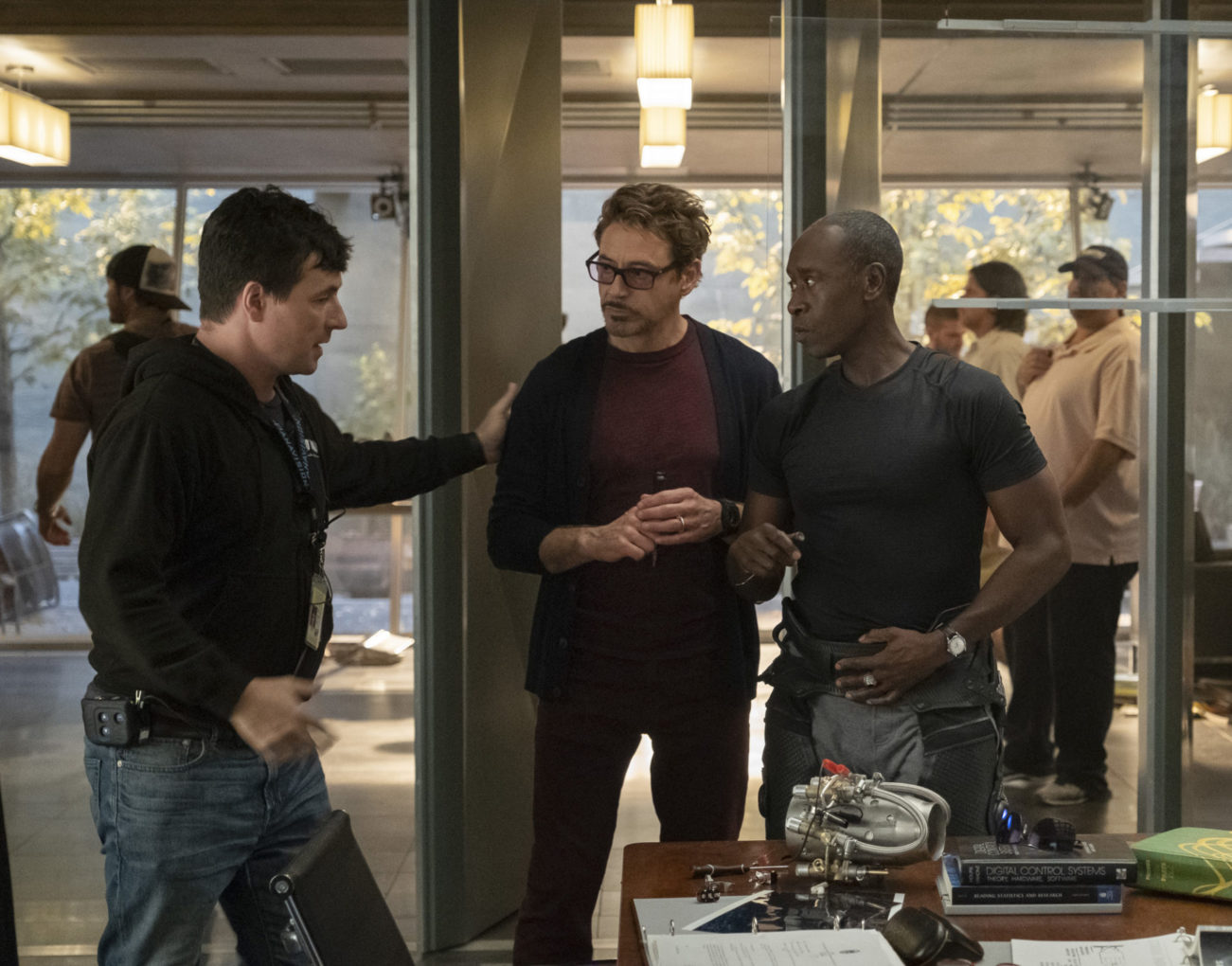
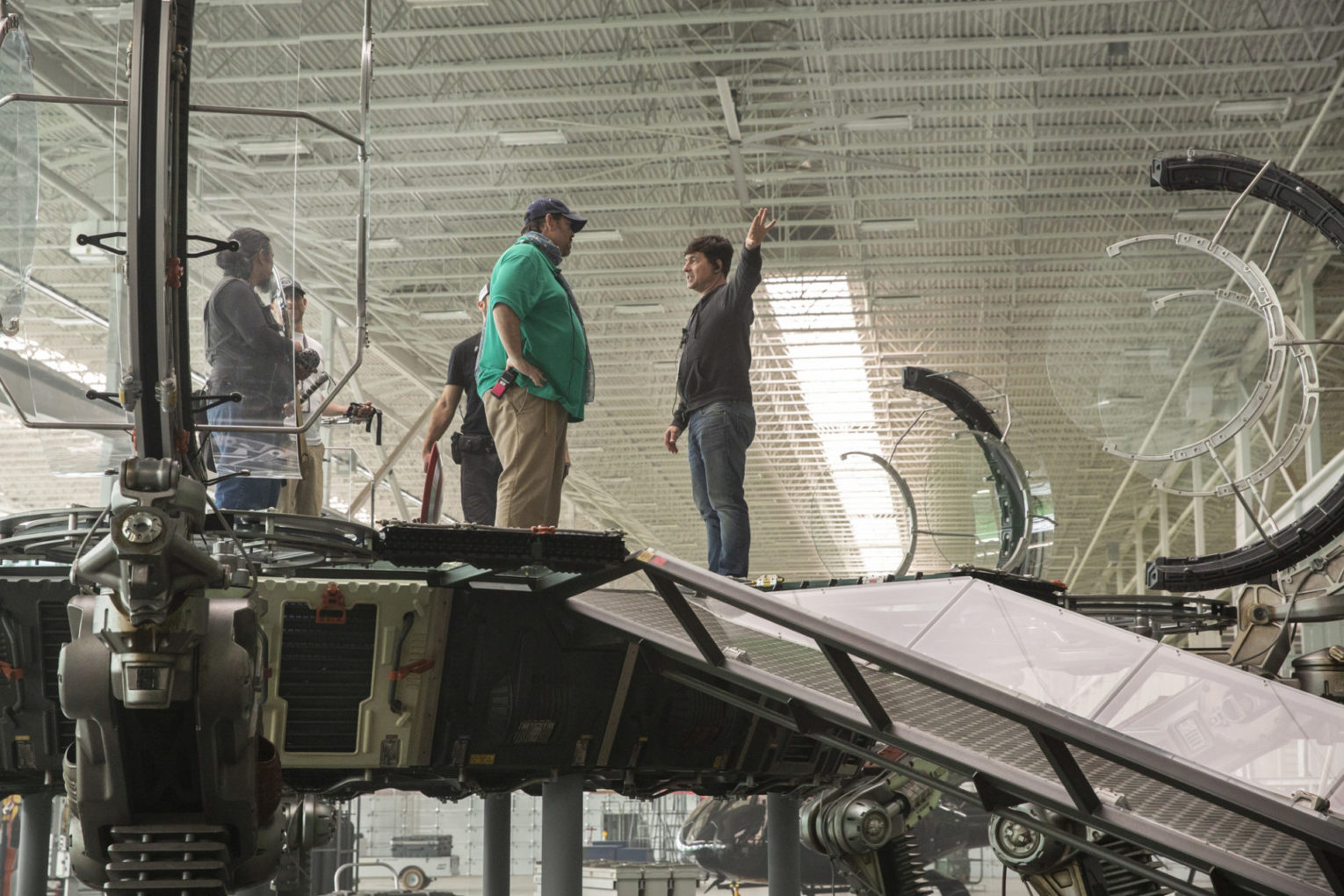
Cinematographer Trent Opaloch noted that "almost all of the smaller sources used in large dialog scenes would be LED lights going back to Scott Barnes on the dimmer board. That way we could adjust levels live, as needed, and switch key directions if the camera is working its way around the room. Most of these sources would be hidden low behind furniture or set bits or other actors. We would also walk an LED Gem Ball on a pole with gaffer Jeff Murrel or one of his guys moving with the actors so that we could get a little life where we needed it."
The film was shot with an ARRI Alexa 65, but originally "there were only a few flavours of spherical lenses available so it wasn't something I was super excited about. Fortunately by the time we were starting to prep Infinity War and Endgame, Panavision was able to modify a number of their anamorphic Auto Panatar lenses from the 50's & 60's, so the idea of a larger format camera with anamorphics became much more appealing to me."
As for working with the VFX team, Opaloch says "the process… was very liquid with many changes and new ideas entering the mix. Everyone had to be on the same page so that the lighting dynamics and interactive effects match what VFX will be doing at a later stage. Quite often we would get an update right as we were about to shoot a scene, so we'd have to alter our plans to accommodate the new ideas. It's a challenging way to work but it certainly keeps things interesting."
We'll be looking to keep things interesting next month, too, with more open houses, more DPs, and more honorees. Meanwhile, may your Advent be Eventful, your festival of lights illuminating, and all your holidays cheer-bringing.
And you can write us - it doesn't even have to be a holiday card! - at AcrossthePondBC@gmail.com, or find us @TricksterInk.






